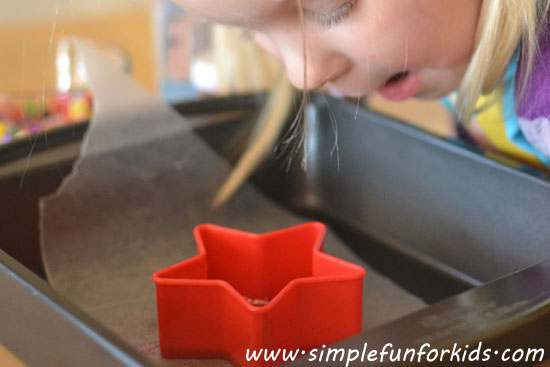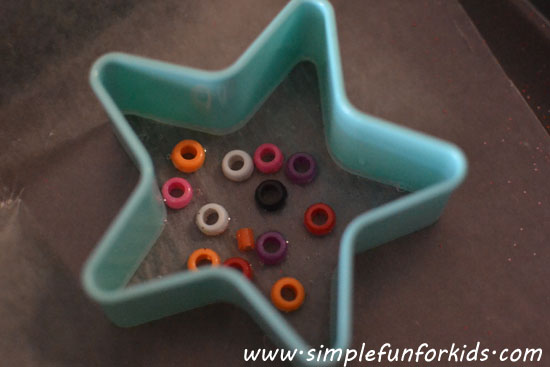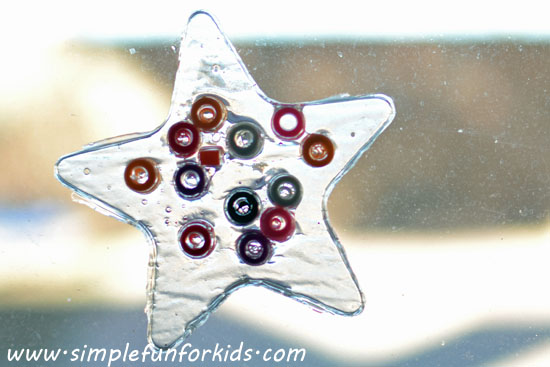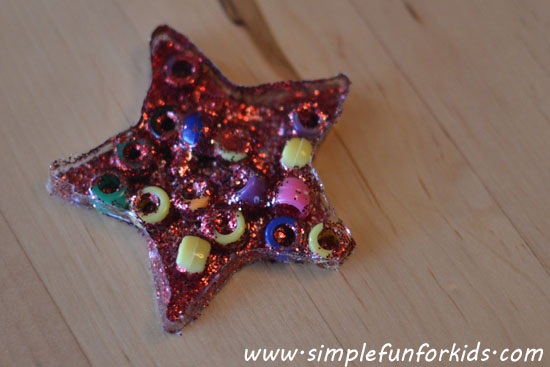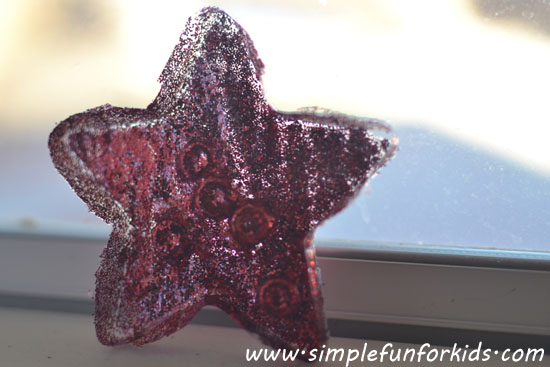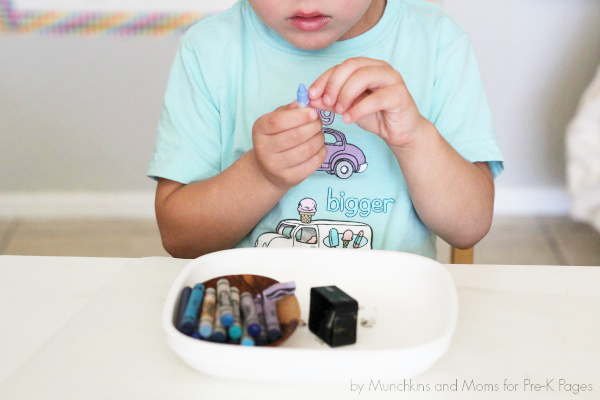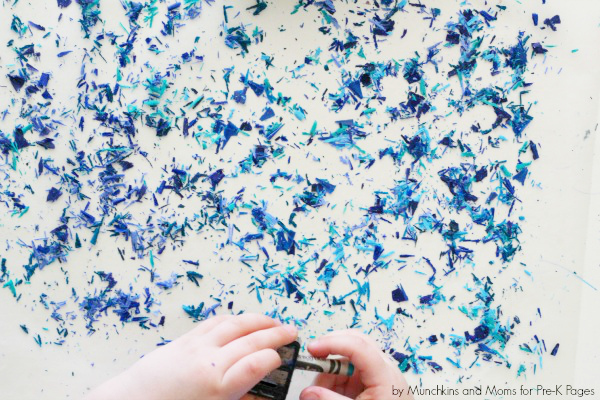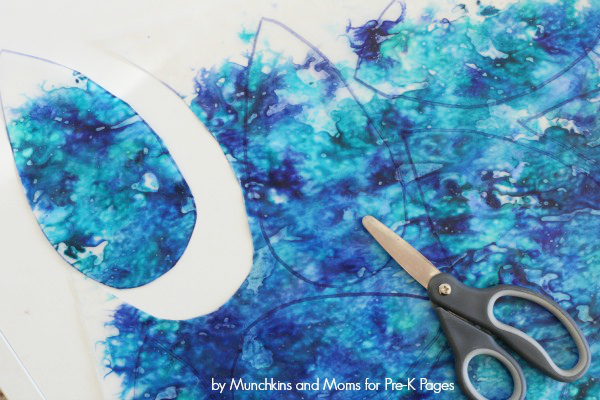PA Common Core Standards
Referenced from http://www.pdesas.org/ for PA State approved academic standards (Grade-specific
Numbers & Descriptions)
3.3.4.B1: Identify planets
in our solar system and their basic characteristics
|
Objectives
Objectives correspond with PA
State Common Core Standards listed above (SWBAT…)
SWBAT
identify the eight planets of the solar system, in order.
SWBAT know
facts about each of the eight planets.
|
Lesson Introduction: (5-7 min)
(Activate
background knowledge & set purpose)
Go over the names of the
eight planets
Put them in order.
Go over pneumonic device
“My Very Excellent Mother Just Served Us Nachos”
|
Activities/Procedures: (25-30min)
Lesson Plans are conducive to student achievement and focus on PA State CC standards
and objectives
| Separate the class into four groups for centers Center 1: Journey Through the Planets -Have three to four students pick out their playing pieces -Put all the student’s game pieces on start -Read question to child. If they get the correct answer, let them roll the die and move however many spaces they roll. If they get the answer incorrect, the next student will be asked the same question and so on until it is answered correctly. -First student to get to Neptune wins Center 2: Planet Research -Give students the worksheet “Planet Research” -Have students use laptops to answer questions -Go over answer with partners -If finished early, pick a planet to do additional research on Center 3: Solar System Model -Provide students with Play-doh -Have students use different colors and different sizes to represent each of the eight planets -Place them in order in a shoe box and label them Center 4: Solar System Reading -Fill the book corner with books about the solar system -Have students write down information from at least three books they read -Share the facts you found with the group -each group member will write down two or three facts they found on chart paper |
Closing& Assessment: (5-7 min)
(Restate purpose & assess
comprehension; met objectives?)
Bring the class back
together
Have groups discuss what,
how, and why they did
Go over the eight planets
in order
|
Materials/Resources
List of resources used and incorporated into activity and assessments,
attach any teacher made materials and/or worksheets
Text Book:
|
Other: Journey
Through the Planets board game
A die
Player pieces
Questions
Play-doh
Shoeboxes
Chart paper
Solar system literature
|
||
Graphic Organizer/Handouts(s): Planet Research
|
|||
Technology: laptops
|
|||













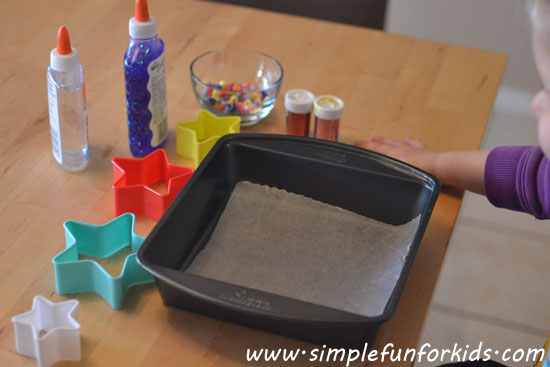
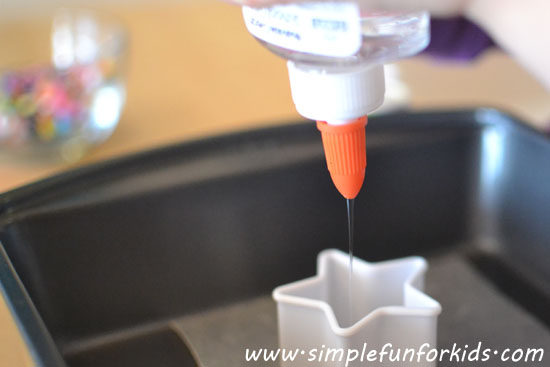
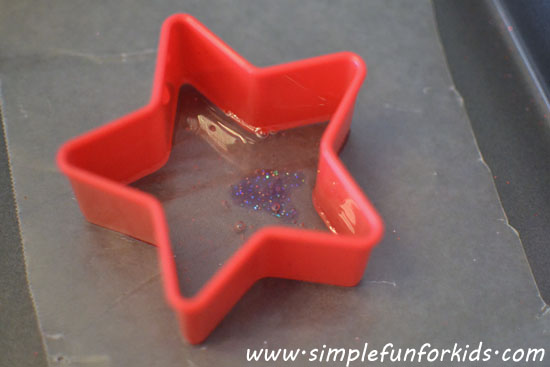

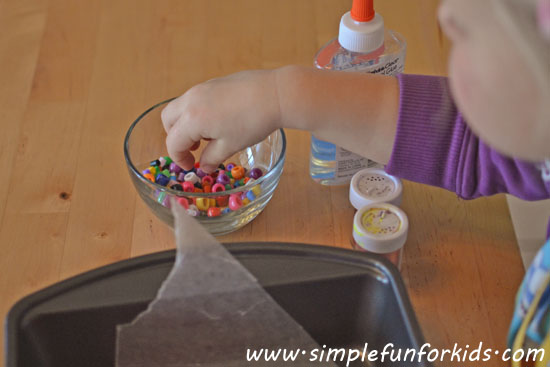
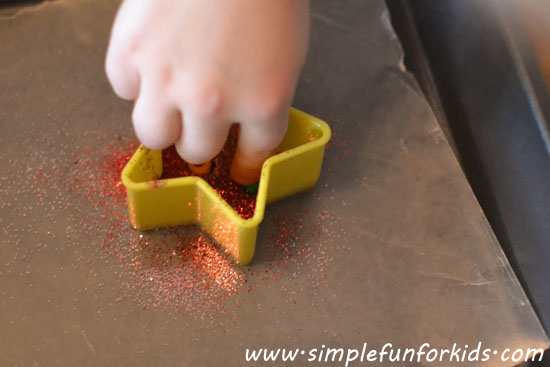
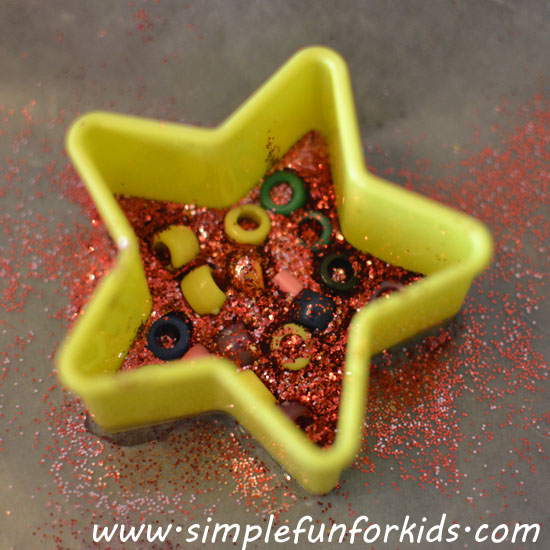
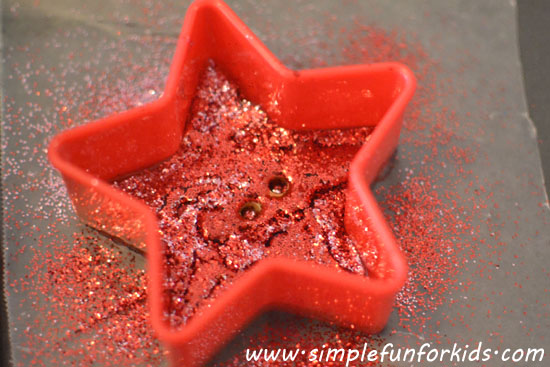
 }
}